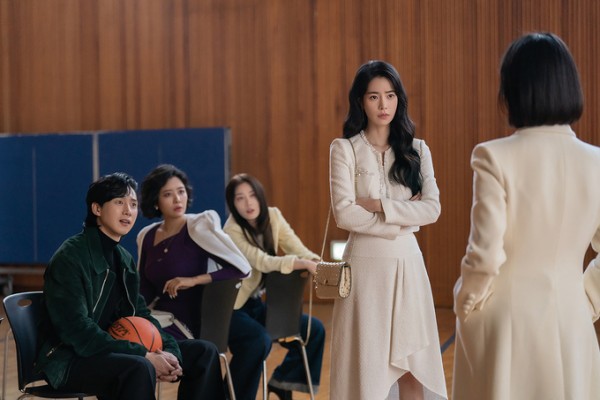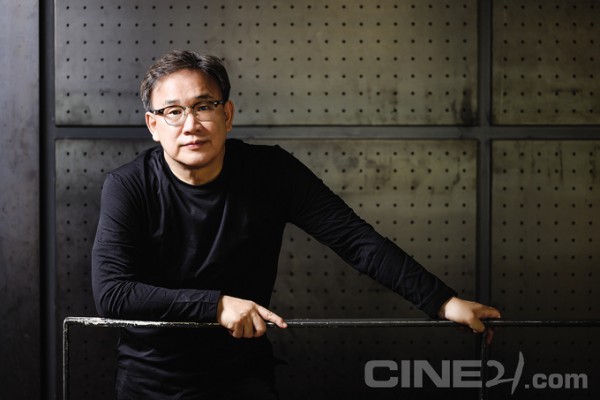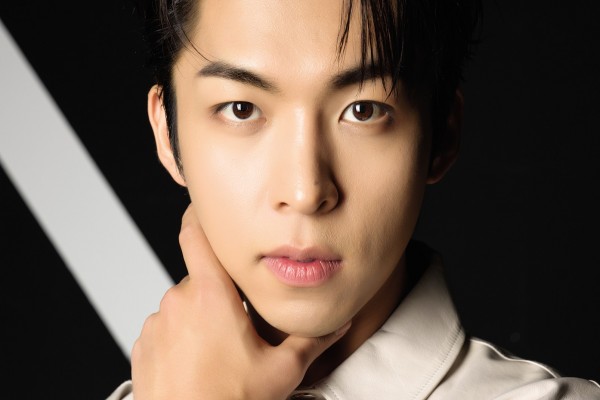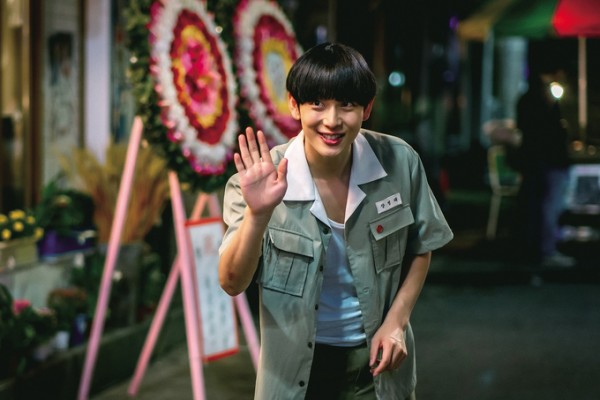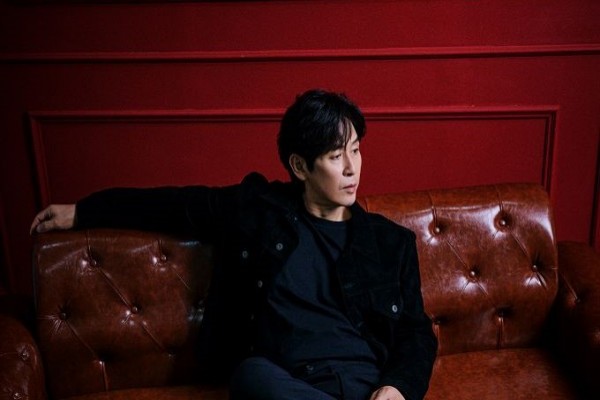130, Suyeonggangbyeon-daero,
Haeundae-gu, Busan, Republic of Korea,
48058
MOVE THE GRAVE Director JEONG Seung-o
Apr 28, 2020
- Writerby KIM Su-bin
- View2300
“I am interested in movies that depict various kinds of human relationships”




Four estranged sisters are reunited after hearing the news that their father’s grave is about to be moved. They hop on an antiquated purple old car to find the eldest son, who is actually the youngest among the siblings, an old nuisance beloved of all the adults of their old household. The movie Move the Grave is a road movie where the ensemble acting of seasoned actors, as well as the great realism of the dialogues, particularly shine. Director JEONG Seung-o, who is making his feature debut with this film, had already presented several impressive shorts on the theme of family, among them Birds Fly Back to the Nest (2016). Here is the conversation we had with director JEONG Seung-o.
How did the idea for Move the Grave come about?
After filming my short Birds Fly Back to the Nest (2016), I made two more short films. After that, I naturally came up with the idea of working on a project of a bigger scope. It all started with this vague outline, “What the lives of the four sisters in Birds Fly Back to the Nest (2016) would be like once their parents passed away?” In order to give a more concrete form to this vague concept, I kept thinking about the time I spent with my own family. Although it started with a vague concept, it is my reflections on my own family life and my interest in other families that were the biggest driving forces behind the realization of this film.
What inspired to use such a topic as moving a grave?
I’ve once been confronted to the sight of all the graves of a cemetery being unceremoniously relocated, as the graveyard where my grandmother was resting was chosen as the site for a new apartment complex. Every time I visited her tomb, the cemetery felt like a village of deceased people. And so, it occurred to me that in this ‘high-rise apartment residential republic’ that is this country, even dead people are not immune from forced evictions. Moving a grave is a ritual that consists in holding a funeral once again after exhuming and displacing the dead. I thought it would be nice if the act of cremating the remains of their father, of which there is nothing left but the bones, was associated to the image of saying goodbye to the patriarchal system, so I summoned this topic of moving graves that was so dear to me and went with it.

I would like to know more about the background in which these realistic characters and dialogues were created.
With my mother, my father and me, we are a family of three. With my mother’s parents had 12 children, so I had as many as seven aunts on my mother’s side, and on holidays we would have big family gatherings and we were flooded with various stories. It was nice and wonderful to see such a bustling activity that was unique to my mother’s family and so different from my house which was mostly silent. They are five siblings in my wife’s family, and just as expected the atmosphere is similar to that of my mother’s family, so I naturally became interested in my wife’s family. But it’s a shame that the issues that were bothering my aunts are still affecting my wife and her three sisters, women of our generation. Childcare and domestic chores, which women bear the brunt of, social discrimination and injustices, the heartaches caused by unfaithful husbands, etc. The situation does not seem to have changed with the generations. I realized these discriminations stemmed from a male-centered patriarchy that remains deeply rooted. I guess these observations might have influenced the creation of the characters in Move the Grave.
It seems that the challenge was to avoid archetypes while still acquiring some form of universality with the story.
When filming, I was mainly focused on an ensemble of short and fast-paced dialogues between characters who were different depending on the situation. In fact, there is nothing new or unusual in terms of narrative or character arcs, but I think that what sets it apart from other family films is that it shows individual people as they share a common space, and that a family is represented by the meeting of individual people. At some moments, the energy brought in by the actors was headed in the right direction allowing for balance within the overall narrative of the film, and at other moments, I filmed them so as for individual characters to stand out. Through this control of the pacing, I tried to escape the archetypes you may find in other family films.

What inspired you to start working in films?
I didn’t want to do anything until I was 22. After graduating from high school, I went to the army right away and later got hired by a small company. The only pleasure for me at the time was to leave the office, have a drink at a pub with a friend who lived nearby, and having always the same trivial discussions every day. For the person I was back then, these were the happiest moments, and it was in these moments also that I could feel some energy in my life. But one day, this friend passed away without warning. It was such a shock that I shut myself off from everyone else around me and spent a year or so cocooning at home. For almost a full year, I was mostly laying down and just looking at the ceiling with open eyes or turning on the TV and staring at the screen, with the sole exception of the times when I was eating. Then one day, I ended up watching a movie on TV, Patch Adams. The moment I watched this movie, I was able to escape from this sense of loss that I had been accumulating inside of me, and simultaneously fell in love with the power of the movie medium. I considered there might be something, stories, that I could tell through movies, and so I prepared for the college entrance exam and entered a film school.
What kind of stories do you feel more inclined to?
I am interested in movies that depict various kinds of human relationships. How each person’s situation, worries, and desires are passed on to others, how they influence each other and how they manage to maintain these relationships. I am fascinated by stories in which these intimate emotions become entangled organically.
















